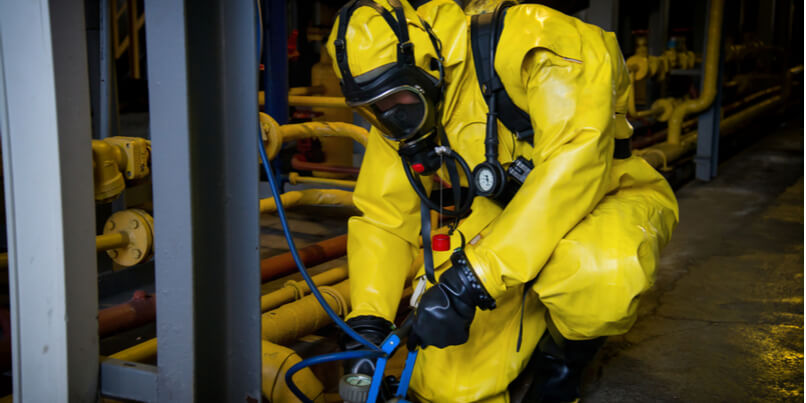
THIS EVENT HAS BEEN CANCELLED DUE TO COVID-19
The introduction of new radiation safety standards, combined with the as yet unknown outcome of Brexit, have contributed to a plethora of challenges that are likely to impact those operating within the radiation protection (RP) community for many years to come.
The quest to find practical solutions to these many issues will provide a central focus for the upcoming Society for Radiological Protection (SRP) Annual Conference, which is scheduled to take place at the Bournemouth International Centre, UK, from April 28th to April 30th 2020.
This year's conference will feature presentations, lectures and discussions from a wide range of experts - from those involved in instrumentation and dosimetry to those tasked with regulatory advice, the management of radioactive waste and radiation metrology.
Changes and challenges in radiation protection
Within the medical sector, a current talking point is the extent to which the revision to the Ionising Radiation Regulations (IRRs) has impacted on the practice of radiation protection within hospital environments.
For the nuclear industry, ensuring adherence with the Radiation Emergency Preparedness and Public Information Regulations (REPPIR) remains a key priority, with the 12 month deadline to demonstrate compliance with the new code of practice now just a few weeks away.
Of particular relevance to those working in the oil and gas industry, will be a discussion of how these activities contribute to enhanced levels of naturally occurring radioactive materials (NORM) and the subsequent implications for work and disposal of waste arisings.
Challenges and opportunities within radiation training will also be explored. For example, as the cost associated with the notification, administrative and regulatory requirements of radioactive sources increases, how are instructors ensuring that their students are able to experience and understand the practical applications of half-life and shielding?
To LNT or not to LNT?
This year's Dunster Lecture will be delivered by Emeritus Director of the UK Medical Research Council's Radiation and Genome Stability Unit, Professor Dudley Goodhead OBE, who will explore current views and perspectives on the use (and relevance) of the linear no-threshold (LNT) model.
Professor Goodhead's extensive research history includes study into the impacts of radiation on human DNA and the body's cellular repair systems. His own personal research has also included an exploration of the radiobiological and health effects of radiation, with specific emphasis on microscopic features of radiation track structure at the atomic, molecular and cellular level.
He currently works as an independent consultant, assisting agencies and journals in the US and Europe by evaluating and guiding radiation research.
SRP Exhibition 2020
Running alongside the SRP Annual Conference, the commercial exhibition will provide a platform for experts within the radiation protection industry to demonstrate their latest technologies, products and services.
Argon Electronics (UK) Ltd. will be exhibiting simulators for the Mirion RDS100, ADM300A, Thermo FH40G, RadEye GF-10 and Mini 900 radiation meters, together with its app-based training system PlumeSIM-SMART, which supports both table-top and field-based offsite release exercises.
PlumeSIM-SMART enables command officers and field survey teams to train, optimise and validate their response process in an effective, engaging way and has been used to build and consolidate incident preparation for COMAH and IRR17 compliance.
The safe, practical and environmentally friendly applications of simulator technology have a crucial role to play in enhancing training in areas as diverse as civil response, accidental release, international treaty verification and unconventional terrorism.
Argon’s extensive range of hazardous material detector simulators are currently used by a wide variety of radiation protection agencies around the world, including the London Fire Department, the Fire Department of New York, the UK Police CBRN Centre Ryton and the UK CBRN Defence centre.




